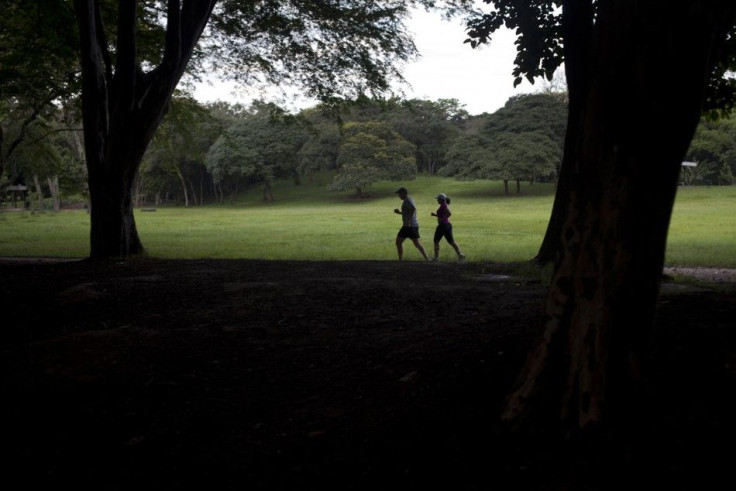Fitness Often Not a Priority For College Students

NEW YORK (Reuters) - Along with mother's cooking and the family dog, regular exercise is too often among the childish things young adults leave behind when they make the move from home to college.
Attention should be paid to this drop off, experts say, because those inactive in youth tend to remain inactive over their lifetime.
The transition from late adolescence to early adulthood represents the most dramatic declines in physical activity across a person's life, according to Dr. Matthew Kwan, a researcher at McMaster University in Ontario, Canada.
Kwan said campaigns tend to focus on increasing activity in adults.
That's important, but it's when declines have already occurred, he said. This is a critical period where we can actually intervene.
In a recent study that followed 683 Canadian adolescents from 12 to 15 years old for 12 years, researchers headed by Kwan found a 24 percent decrease in physical activity from adolescence to early adulthood.
The research, which appeared in the American Journal of Preventive Medicine, showed declines were steepest among young men entering university or college. Kwan said it might be a consequence of the big drop off in organized sports activity after high school.
Team sports, varsity activities tend to decrease or drop off entirely, he explained. For those who go to college, studies become more important. Then there's the social aspect that eats up their disposable time as well.
Women, already less active in high school, showed only a modest decline in physical activity.
It may be that girls experience the greatest declines earlier in adolescence, Kwan said.
Comparing the drop in physical activity to other risky behaviors such as smoking and binge-drinking, researchers found that while smoking and drinking began to plateau in early adulthood, inactivity continues its downward slide.
Smoking and binge drinking grab a lot of focus, but physical activity continues to decline, he said. It never really gets back up. As they get older, people just get more inactive.
Dr. James Pivarnik, an expert with the American College of Sports Medicine (ACSM), said much depends on the college or university.
Does the university you attend have the infrastructure to facilitate organized exercises, fitness centers, intramural sports? said Pivarnik, an exercise physiologist at Michigan State University. The built environment, as we call it, has a lot to do with how active people are.
Pivarnik, who is active in ACSM's Exercise is Medicine On Campus, initiative to promote physical activity at colleges and universities, suggests that students factor in fitness opportunities when deciding which school to attend.
It could be almost a recruiting tool -- show me your workout facility, he said. Most of these kids are changing their environment. It could be a factor.
To create a more fitness friendly campus, Pivarnik suggests, find out what works in other places. Then get the administration on board.
(Increasing) walking paths, changing where people park, providing access to facilities, he said. You can't just say 'We need $15 million dollars'. You've got to show some suggestions.
And ask questions. He notes that some universities reserve the athletic facilities for their athletes. They are off limits to the general student population.
Why can't we use the athletic facilities? he said. Can't we have open swim or running on the track? Sometimes it's just simple communication.
© Copyright Thomson Reuters 2024. All rights reserved.






















